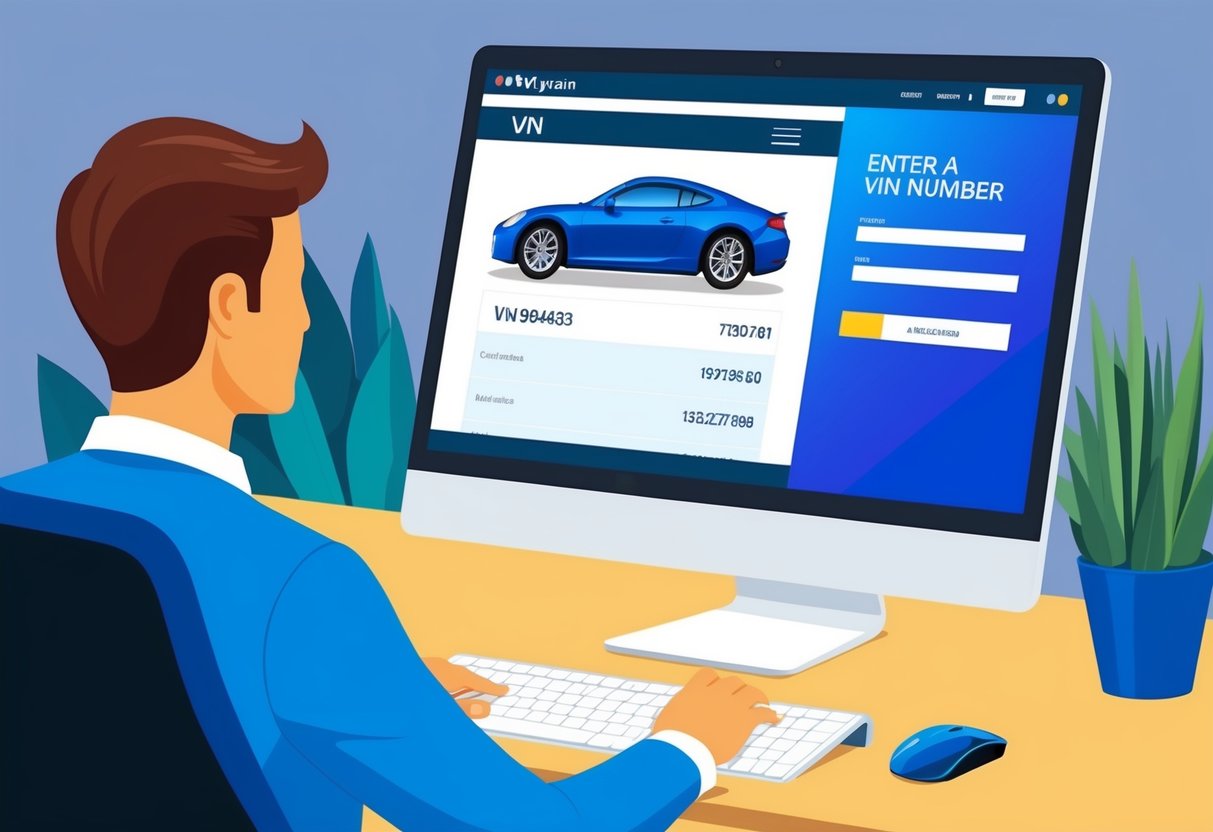
Essential Used Car Buying Tips Beyond VIN Reports
A thorough approach to used car buying goes beyond VIN reports. Buyers should use hands-on evaluations and understand legal rights to confidently make a choice and avoid costly mistakes.
Test Drive and Vehicle Inspection
A test drive is essential for evaluating a used car’s actual performance, comfort, and possible hidden issues. Drivers should check for unusual sounds, vibrations, brake responsiveness, and proper alignment.
It is also important to test all electronics, such as lights, infotainment, climate control, and power windows, to ensure everything is working as expected. A physical inspection must include checking the tires for even wear, examining the body for rust, signs of repainting, or mismatched panels, and inspecting the glass for cracks or chips.
Under the hood, look for leaks, worn belts, and a clean oil dipstick. According to experts, buyers should not overlook the undercarriage for excessive rust or damage, as this may indicate poor maintenance or prior accidents.
Using a mechanic for a pre-purchase inspection can help spot issues that may not be visible during a standard walk-around. Professionals may identify problems missed during the initial check, such as frame damage or hidden mechanical faults.
Guides like this on inspecting a used car recommend combining your own evaluation with independent expert advice.
Understanding Consumer Protections
Understanding consumer protection laws helps buyers know their rights if issues arise after the sale. Many states have “lemon laws” or require disclosures about prior accidents, flood damage, or salvage titles.
Regulations can vary, so it is important for buyers to research local laws and retain all transaction documents. Key protections to know include:
- Requirement for sellers to disclose material defects
- Right to request repair histories or written warranties (if available)
- State-specific “cooling-off” periods for some purchases
Buyers are advised to seek out vehicles sold “certified pre-owned” with supporting documentation. Knowing these rights can help consumers resolve disputes over undisclosed problems or misrepresentations more effectively.
For more information on crucial steps and legal protections for buyers, resources like this guide on how to inspect a used car offer additional insights.
Frequently Asked Questions
Understanding a used car’s history is crucial to avoid hidden issues such as undisclosed accidents, odometer fraud, and maintenance gaps. Vehicle history checks using the VIN (Vehicle Identification Number) provide details about previous ownership, title problems, accident history, and major repairs.
What is the best way to get a free vehicle history report?
Buyers can access a free vehicle history report in several ways. Some dealerships provide reports at no extra cost, while independent services allow users to order a PPSR search certificate by submitting the VIN and mobile number.
Certain websites occasionally offer promotional free reports for specific vehicles or through limited trials.
How can you tell if a used car has been in an accident?
Accident history can be revealed in most vehicle history reports by looking for entries on past insurance claims, structural damage, or airbag deployments. The presence of bodywork or paint inconsistencies during a physical inspection may also suggest previous accidents, but a car history report is the most reliable method.
Where can I find a car’s service history for free?
Service history records are not always available for free, but sometimes previous owners, dealerships, or repair shops can provide maintenance receipts or a documented service log. Requesting these documents directly from the seller or checking with the manufacturer’s authorized service centers may help uncover repair and maintenance history.
What are the steps to perform a VIN check on a used car?
To perform a VIN check, first locate the VIN on the car. It is usually found on the dashboard or driver’s side door jamb.
Enter this number on a reputable VIN report website or government portal. Review the report for details on title status, accidents, odometer readings, and ownership records.
Many platforms guide users through ordering reports directly online.
Which website offers the most comprehensive free VIN reports?
Free VIN check options vary in scope. While many sites offer limited details, buyers can use government-backed portals or try platforms like the PPSR search in Australia.
For the broadest details, paid reports tend to cover more extensive data, including accident, theft, and title records.
How does the NMVTIS help in checking a used car’s history?
The National Motor Vehicle Title Information System (NMVTIS) is a U.S. government database that tracks vehicle title, branding, and historical data nationwide.
NMVTIS reports help car buyers confirm a car’s title status and mileage.
They also indicate whether a vehicle has been reported as junk, salvage, or a total loss, reducing the risk of unknowingly purchasing a problematic vehicle.